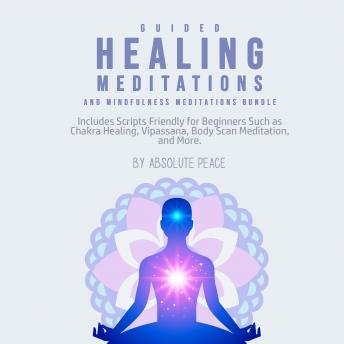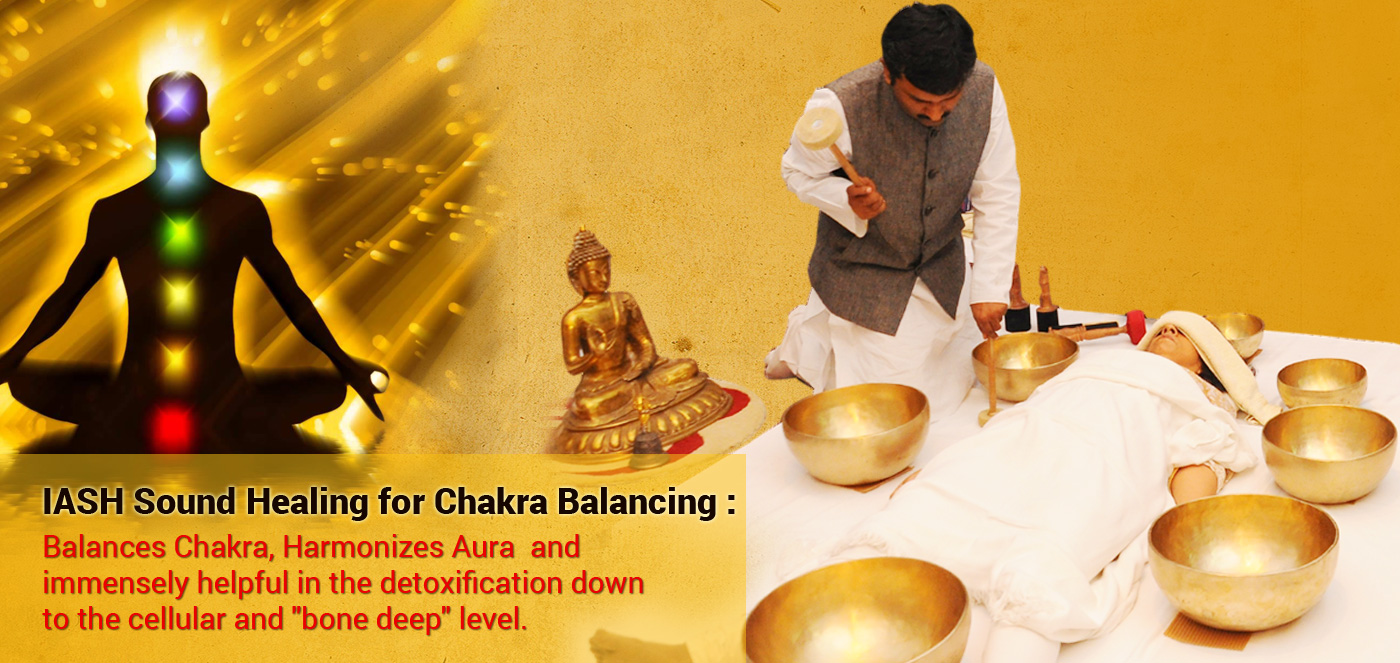
There are many forms of meditation. The most popular type of meditation is walking meditation. Slow down your pace and pay attention to your foot and leg movements. Repeat these action words while you walk. Each foot should be lifted and moved forward before being placed on the floor. Another popular form of meditation is prayer. Most faith traditions have prayer, either spoken or written. This technique is easy to use and can be done anywhere. It is also possible to imagine a scene or a person and put your attention on them.
Using a mindfulness meditation app can help you achieve this. The app will give you a mantra or calming phrase to help you feel calm and peaceful. Focusing on these simple things will help you to avoid wandering your mind. This can be done while you are doing other things, such as laundry or walking. You don't have to do it hard and can start immediately. It's a wonderful way of finding peace and calm.

The next step in this meditation exercise is to concentrate on deeply breathing. This technique makes you feel more relaxed that you ever have. The key to this technique is to stay present and aware during it. You can acknowledge your mind wandering and not let it distract from the present moment. You will be able to focus on your breathing, not your thoughts, and you will be able to stay calm and focused. You can also use guided meditation to focus on your meditation.
Meditation for calm is an excellent way to relax. For those with limited time, you can do one-minute sessions. You can also try a 15- or 20-minute session if you're more advanced. If you don’t have the time to do a longer session you can still download the track to enjoy whenever you wish. You can download the tracks and then listen to them at your convenience.
There are many meditations that you can use to help you calm down. Meditation can improve your mood and decrease anxiety. It can even improve your sleep. It can also help improve self-esteem. You will have a greater understanding of yourself and others. It will help to manage stress and give you more clarity and calm. It will make your life easier. Meditation will make you happier, more relaxed, and give you more energy.

When choosing a meditation for calm, you should choose the type that suits you best. Yoga is an excellent choice if you're looking to improve your focus and calm. You need to find a meditation that suits you. The type of meditation that is right for you will depend on your personality. Find the one that suits you. Mindfulness tools are also available. These tools will help you keep track of how much time you spend meditating.
FAQ
Is cold a sign of a weak immune response?
It's been said that there are two kinds of people in the world; those who love winter and those who hate it. But whether you love or hate it, you may find yourself wondering why you feel so lousy when it's cold out.
The fact is that our bodies are designed for warmth and function best. Because of this, our bodies evolved to thrive and survive in hot climates.
Now, however, we live in a completely different environment to how our ancestors lived. We spend a lot more time indoors, and are often exposed at extreme temperatures (cold and hot), and we eat processed foods over fresh.
Our bodies don't have the ability to tolerate extremes. When we do venture out, our bodies are unable to cope with the extremes.
There are ways to combat these effects though. Keep your body hydrated. Water is essential for your body to function properly and eliminate toxins.
You must also ensure that you are eating healthy foods. Healthy food will help your body maintain its optimal temperature. This is especially beneficial for those who spend extended periods of time inside.
It is worth taking a few extra minutes each day to meditate. Meditation is a great way to relax your body and mind. It makes it easier for you to cope with stress and illness.
What is the difference between a calorie or a kilocalorie.
Calories measure the energy content of food. Calories is the unit of measurement. One calorie represents the energy required to raise one gram of water's temperature by one degree Celsius.
Kilocalories refer to calories in another term. Kilocalories measure in thousandths a calorie. 1000 calories is one kilocalorie.
How can I tell what is good for me?
You have to listen to what your body says. Your body knows best when it comes to how much exercise, food, and rest you need. Your body will tell you what to do so that you don't go overboard. Take care of your body and make sure that you're staying healthy.
Which diet is best for me?
Your age, gender, body type, and lifestyle choices will all impact the best diet. You also need to consider how much energy you expend during exercise, whether you prefer low-calorie foods, and if you enjoy eating fruits and vegetables.
Intermittent fasting may be a good choice if you want to lose weight. Intermittent Fasting means that you eat only specific meals throughout your day and not three large meals. You may find that this method works better for you than traditional diets that include daily calorie counts.
Some studies suggest that intermittent fasting may improve insulin sensitivity and reduce inflammation, which can lead to improved blood sugar levels and reduced risk of diabetes. Research also shows that intermittent fasting may increase fat loss and improve overall physique.
Do I need to count calories
You may be wondering "what is the best diet for you?" or "is counting calories necessary?" This depends on your health and lifestyle.
The Best Diet For Me: Which One Is Right?
The best diet depends on me, my health, my goals, my preferences and my overall lifestyle. There are many diets available, some good and others not so good. Some diets work well for some people and others do not. What should I do then? What can I do to make the right decision?
These questions are addressed in this article. It begins with an overview of the different diets today. Then we will discuss the pros & cons of each kind of diet. We'll then discuss how to choose which one is best for you.
Let's begin by briefly reviewing the different types and diets.
Diet Types
There are three main types, low fat, high protein, or ketogenic diets. Let's discuss them briefly below.
Low Fat Diets
A low fat diet means a diet that reduces the intake of fats. This is done by reducing your intake of saturated oils (butter, cream cheeses, etc.). They are replaced by unsaturated fats such as avocados, olive oil, and cream cheese. For those looking to lose weight quickly, a low-fat diet is often recommended. This diet can cause problems such constipation as heartburn, indigestion, and even stomach pain. It can also lead to vitamin deficiencies, if someone doesn't get enough vitamins in their food.
High Protein Diets
High protein diets are known to restrict carbohydrate intake and promote the consumption of proteins. These diets often have higher levels of protein than most other diets. They are meant to help build muscle mass and burn more calories. Unfortunately, they can't provide adequate nutrition for those who eat regularly. Also, they tend to be very restrictive, so they aren't suitable for everyone.
Ketogenic Diets
Ketogenic diets also go by the name keto diets. They are high fat and moderately carbohydrate and protein-rich. These are often used by bodybuilders and athletes because they allow them the ability to train harder and for longer periods of time without feeling tired. They do require strict compliance to avoid any side effects like fatigue, headaches, nausea, and headaches.
Which are the top 10 foods you should eat?
These are the top 10 foods to eat.
-
Avocados
-
Berries
-
Broccoli
-
Cauliflower
-
Eggs
-
Fish
-
Grains
-
Nuts
-
Oats
-
Salmon
Statistics
- WHO recommends consuming less than 5% of total energy intake for additional health benefits. (who.int)
- According to the 2020 Dietary Guidelines for Americans, a balanced diet high in fruits and vegetables, lean protein, low-fat dairy and whole grains is needed for optimal energy. (mayoclinichealthsystem.org)
- WHO recommends reducing saturated fats to less than 10% of total energy intake; reducing trans-fats to less than 1% of total energy intake; and replacing both saturated fats and trans-fats to unsaturated fats. (who.int)
- According to the Physical Activity Guidelines for Americans, we should strive for at least 150 minutes of moderate intensity activity each week (54Trusted Source Smoking, harmful use of drugs, and alcohol abuse can all seriously negatively affect your health. (healthline.com)
External Links
How To
What does the term "vitamins" mean?
Vitamins are organic compounds that can be found in foods. Vitamins allow us to absorb nutrients from food. Vitamins cannot be made by the body; they must be taken from food.
Two types of vitamins exist: water-soluble vitamin and fat-soluble vitamin. Water-soluble vitamins dissolve easily when they are dissolved in water. These include vitamin C (thiamine), Vitamin B1 (riboflavin), Vitamin B2 (riboflavin), Vitamin B3 (niacin), Vitamin B6 (pyridoxine), Vitamin C, B1 (thiamine), Vitamin B2 (riboflavin), Vitamin B3 (niacin), and Vitamin B6 (pyridoxine). The liver and fat soluble vitamins are stored within the liver and in fatty tissue. Some examples include vitamin D and E, K, A and beta carotene.
Vitamins are classified based on their biological activity. There are eight major types of vitamins:
-
A – Essential for normal growth, and the maintenance of good health.
-
C - important for proper nerve function and energy production.
-
D - Vital for healthy bones and teeth
-
E - Required for good vision & reproduction
-
K - essential for healthy muscles, nerves, and bones.
-
P - vital for building strong bones andteeth.
-
Q - Aids digestion and iron absorption
-
R - necessary for making red blood cells.
The recommended daily allowance (RDA) of vitamins varies depending on age, gender, and physical condition. RDA values are set by the U.S. Food and Drug Administration (FDA).
For example, the RDA for vitamin A is 400 micrograms per dayfor adults 19 years or older. For fetal development, pregnant women need 600 mg per day. Children ages 1-8 require 900 micrograms per day. Children under 1 year old require 700 micrograms daily, while infants over one year old need 500 micrograms every day. This decreases between 9 and 12 months.
Children ages 1-18years who are obese need 800 micrograms per day while those who are overweight need 1000 micrograms per day and children who are underweight need 1200 micrograms per day to meet their nutritional needs.
Children 4-8 years old who have anemia must consume 2200 micrograms of Vitamin C daily.
2000 micrograms daily is required for adults over 50 to maintain their general health. Breastfeeding or pregnant women require 3000 micrograms per daily due to higher nutrient demands.
Adults over 70 require 1500 micrograms each day, since they lose around 10% of their muscle mass every decade.
Women who are pregnant or lactating need more than the RDA. Pregnant women require 4000 micrograms daily during pregnancy, and 2500 micrograms every day after birth. Breastfeeding mothers need 5000 mg per day when breastmilk is being produced.